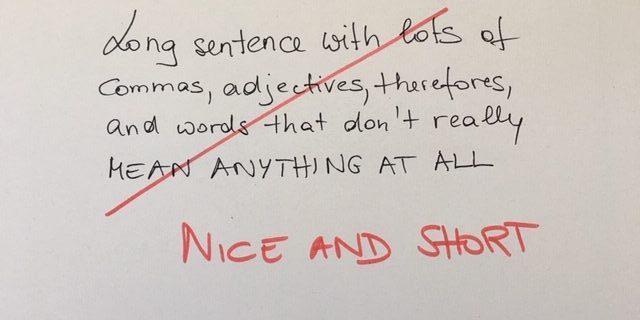In this blog series, I intend to post a variety of transcreative techniques over time. This is one of them. I call it:
Dare to condense
In transcreation, the draft translation process often leaves the target copy longer or a lot more convoluted than the source text. Sometimes significantly so, especially when you translate from English into other languages. Consequently, we need to make an extra effort to cut, condense, and rewrite where possible and necessary.
In my experience, translators are often surprised when they are challenged to rewrite a text in more concise ways. They are not used to doing that, stuck as many are in segmented and fragmented bits of content within a CAT system, and having been indoctrinated to believe that every word needs to be translated to pass the quality check for completeness.
Most texts benefit from becoming shorter and more succinct. The challenge is to not sacrifice information that’s instrumental in getting the message across. If you do it properly, important information actually gets to shine even more when stripped from distractions such as convoluted or long-winded structures, or of allusions that are not readily understood in the target culture.
Care to share examples of target texts that have benefitted from the “condensing technique”? Get in touch!


